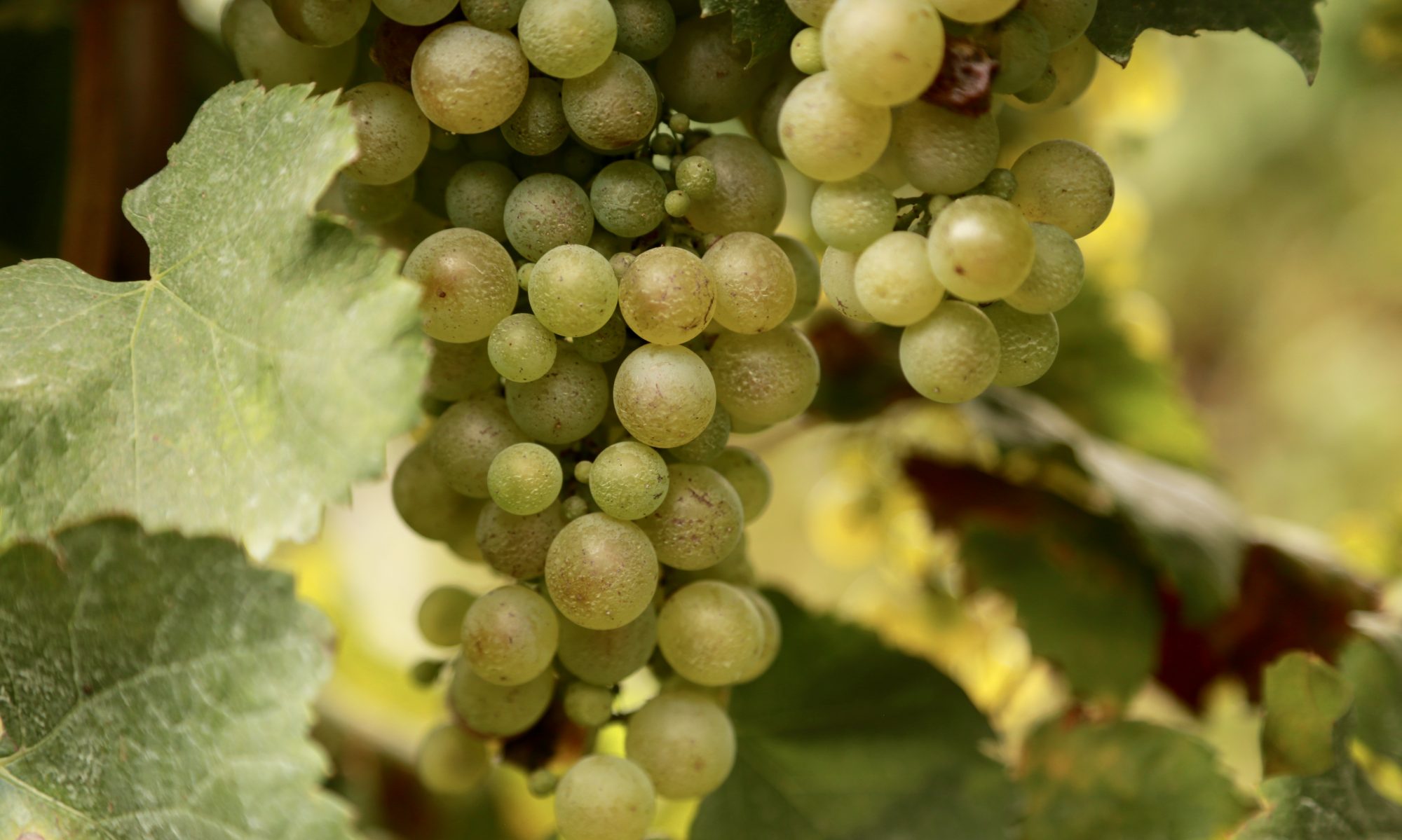
Back in the BC era (before children) Mr. Vinecdote and I used to enjoy scouting out locations for cheap eats, especially in Oakland’s Chinatown, and one of our best finds was fried parsnip cake at a place called Happy Noodle. (And if I might digress for a moment, how fun are those Chinatown business names? I always got a giggle buying groceries at the New Dick Market in Oakland, because I am 12, and I also felt the pastries we bought at the Happy Bakery, just around the corner from the sadly now-gone Happy Noodle, were just that little bit lighter and fluffier. It makes me wonder, What would happen if I billed myself as Happy Vinecdote? OK, don’t really want to hear the answer on that one.)
Anyway, fried parsnip cake may not sound super appetizing, but it’s actually very good. It’s essentially shredded and steamed vegetable with finely chopped vegetables and something spicy like sausage added in.
For once, my resident Chinese expert could not be of much assistance on this other than to say the Chinese name for parsnips is white carrot. And to further complicate the issue, white carrots covers a host of other things, too, so “parsnip cake” most likely is made of turnips or Chinese white radishes.I found one recipe online, but I would recommend trying to buy these ready-made. They can usually be found at the kind of Chinese restaurants or take-out places that have dim sum. Eaten right out of the box they’re just a bit doughy for my taste. The trick, which I learned at the Happy Noodle, is to slice the cakes in half horizontally and vertically and then fry them in a small amount of olive oil along with a few green onions roughly chopped. Turn the cakes over when the bottoms are golden brown and add one egg, beaten, stirring the egg around to distribute. Cook to desired level of crispness and serve immediately.
If you’re having this for lunch, as with a lot of Chinese food, a cup of green tea hits the spot. But if you’re looking to pair with wine, I would try a robust white, perhaps a Vouvray or a rich chardonnay like Cupcake Chardonay Central Coast.
At Happy Noodle, we always had these with a spicy, dark-brown dipping sauce that complemented the cakes perfectly. I tried recreating at home, no dice, and finally could bear it no longer, asking Mr. V to find out the secret the next time we were in the restaurant. A long conversation ensued, from which I learned basically nothing except that it came in a bottle. (You know how it goes? The other two parties chatter away for about 10 minutes and your interpreter turns to you and says, “He says, yes.”) But I persisted. Could I please see the bottle. I promise not to tell. A short while later out came the waiter solemnly bearing a bottle of … Lea & Perrins Worcestershire Sauce.
A true moment of Sino-Anglo collaboration.


